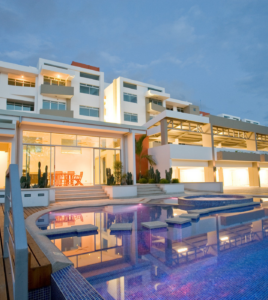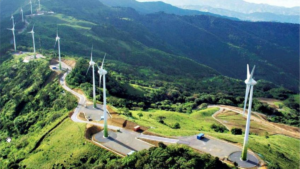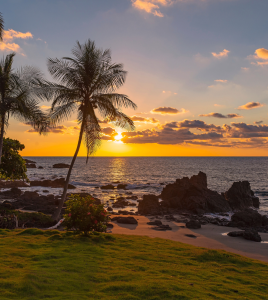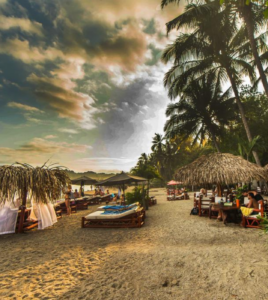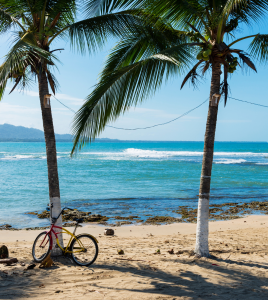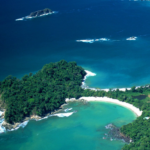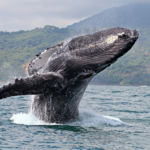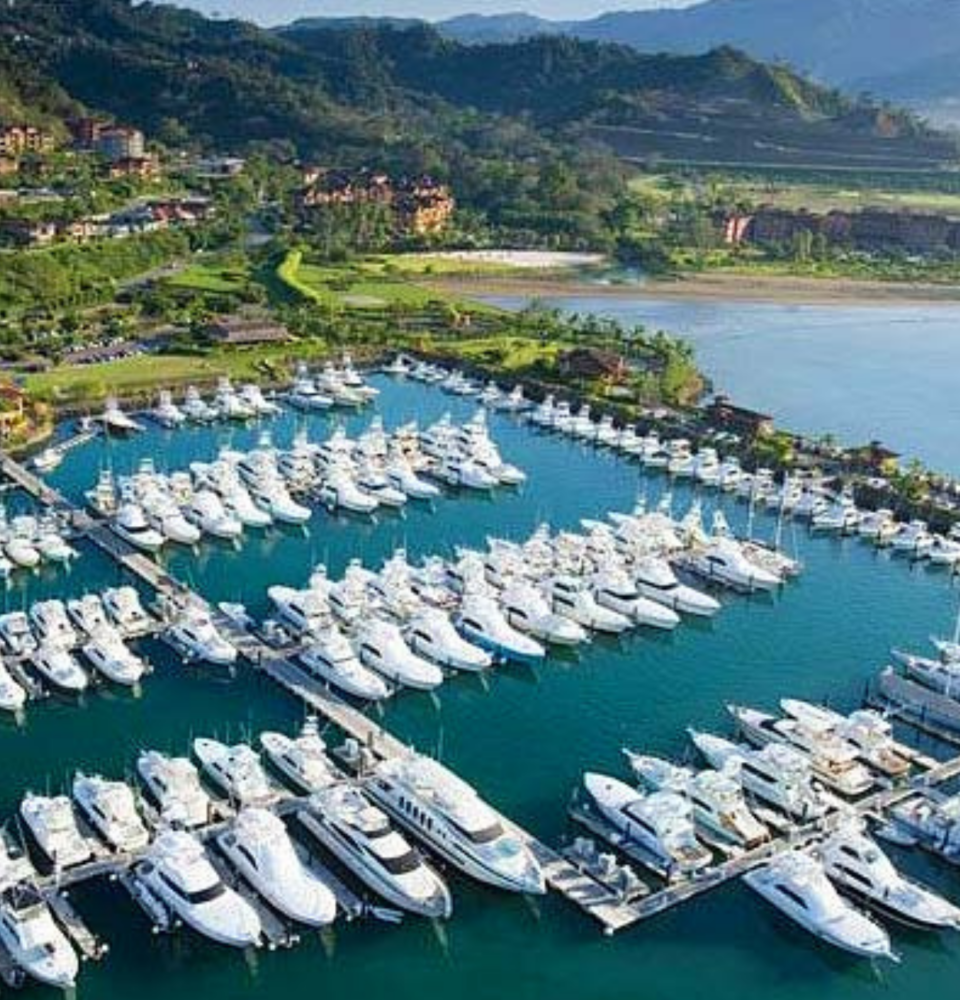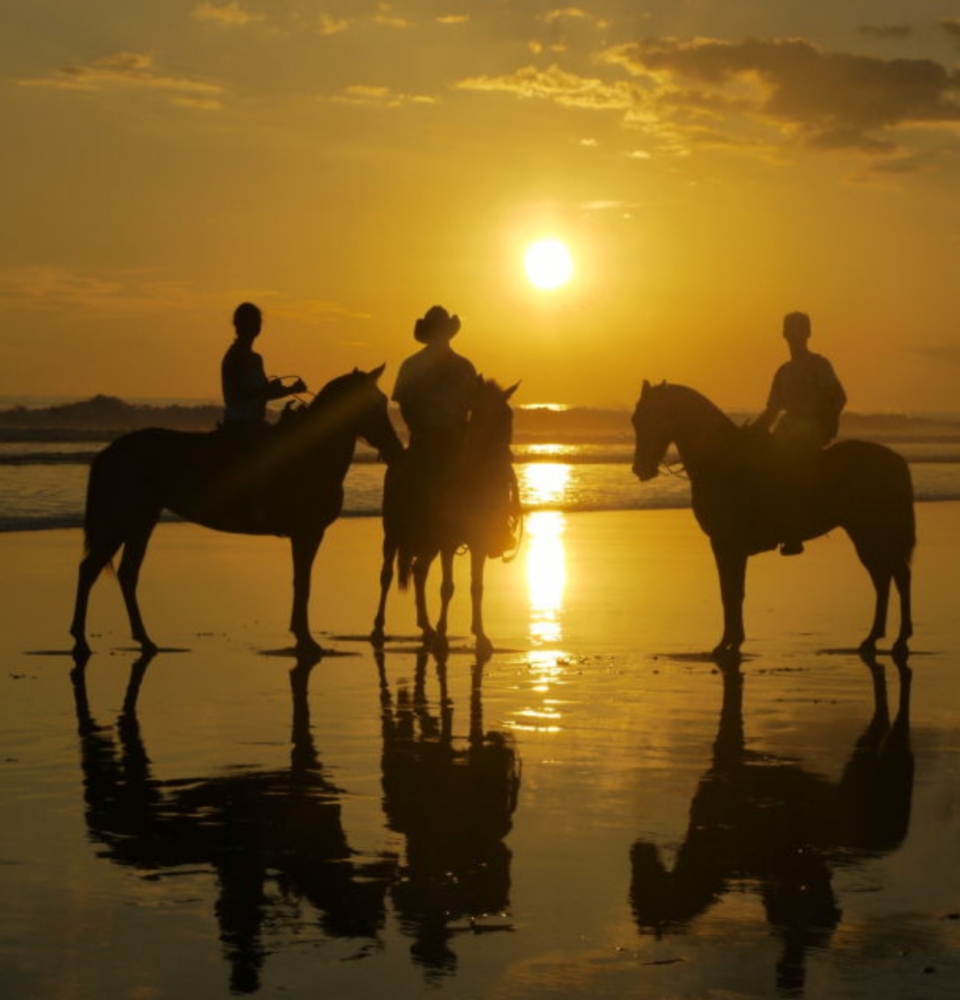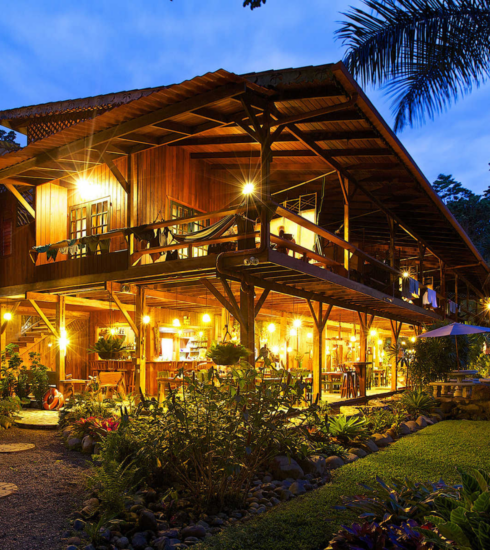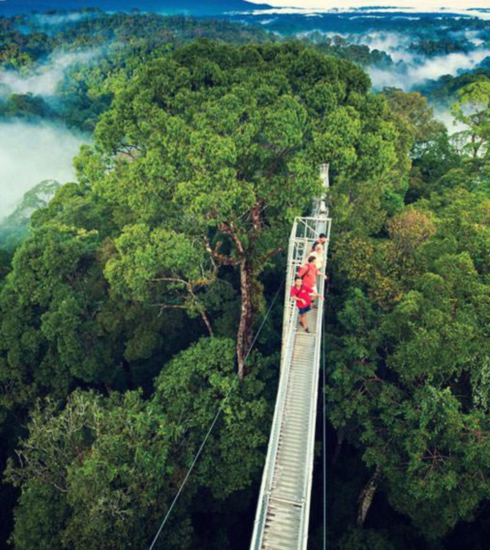Explore the Volcanoes of Costa Rica
Vibrant nature, enormous craters, sulfurous lakes, and thermal springs add to the many attractions that you can enjoy when visiting some of the most astounding Volcanic scenes on earth!
Volcanic activity is the origin of Costa Rica’s lush, mineral rich, fertile green lands whose creation began over 75 million years ago! Part of the Pacific “Ring of Fire” Costa Rica boasts an incredible 112 volcanic sites throughout the country, with five that are still active.
Poás Volcano
Located in Alajuela, in the Central Highlands, the Poas is one of the most frequently visited and accessible active volcanos in Costa Rica. One of its three craters happens to be the largest crater in the world, measuring almost a mile in diameter and 1,050 feet deep that contains a unique bubbly, boiling sulphuric lake. The Poas volcano is one of a kind in more ways than we can first imagine
Learn More
The National Park that takes pride in this volcano, wearing the same name, is approx. 15,000 acres that span four different habitats, a green stunted cloudforest (due to the amount of acid rain), an icy lake that nests within one of the dormant craters and gives birth to the Sarapiqui river, along with almost eighty different species of birds including hummingbirds, toucanets, the majestic Quetzal and more; there is even a species of squirrel called ‘the Poas green-yellow squirrel’- that is only found in this area!
The best time to experience the Poas Volcano’s awesome beauty is during the dry season (Jan. through April) and during the early morning. At over 8000 feet above sea level, it is common for fog to obscure the view of the craters themselves; on a clear day, however, it’s possible to see both the Pacific and Atlantic coasts from the summit.
The visitor’s center and museum offer key information on the geography and history of the area. Three trails are available for all abilities which lead you to the different craters, take the opportunity to observe the abundant wildlife you are most surely to encounter.
Come as close as 330 feet, the very edge of the active volcano, or enjoy some Costa Rican coffee at the small restaurant after taking pictures of the geysers exploding into the air that can reach up to 820 feet.
This is a day trip, no accommodations nor camping is permitted in this National Park. The Poás area can be extremely cold and wet, so make sure to pack warm clothes to be able to fully enjoy this unforgettable trip.
Rincón de la Vieja Volcano
Over a million years old, the Rincon de la Vieja is located aprox. 25Km from Liberia, the capital of Guanacaste. Indigenous people of the Guatuso tribe once believed that an old witch lived on top of the mountain and would send columns of smoke into the air whenever she was mad, the name Rincon de la Vieja translates to ‘Old woman’s Corner’. The entire volcanic structure of Rincon de la Vieja National Park consists of over six volcanic peaks spread across an area of nearly 250 square miles that comprise the Guanacaste mountains on both the pacific and the caribbean side. However, Rincon de la Vieja is not the only volcano, the Santa Maria, with an altitude of 6,385 ft/1916 m, keeps ‘La Vieja’ company and is the highest of the two volcanoes.
Wherever you go, you will find adventure on hikes through tropical forests, or atop the best of horseback riding trails. Enjoy observing churning sulfurous lagoons, relax in skin rejuvenating mud springs, have a snack at one of the picnic areas, and take on the callenge of climbing up to the main active crater. To reach the summit, prepare for over 5000 feet of vertical climbing; Rincon de la Vieja offers spectacular vistas of coastline and undulating landscapes. Reknown as well for its varied flora and fauna that include various types of monkeys, the Blue-crowned Motmot, toucans, the great Curassow, jaguars, cougars, tapirs and a surprising amount of exotic orchids, such as the Guaria Morada as well as Laurel and Guanacaste trees.
Irazú Volcano
‘Irazu’ is actually an Indigenous word that translates into ‘thunder and earthquake mountain’. Easy to get to, the Irazu Volcano National Park, located in the Central Highlands, is a mere 32km from Cartago province. Comprised of primary, and secondary cloud forests that spread across a terrain of over 5500 acres, the Irazu is the tallest volcano in the country reaching a dizzying 11,260 ft. The last eruption took place the same year that US President John F. Kennedy visited Costa Rica.
Boasting several active craters, the largest is 900 ft deep, while the smallest crater, nicknamed Diego de la Haya, barrels down 300 ft beneath the surface and harbors a mineral-rich lake that often fluctuates between emerald-green and crimson-red. Between plenty of lush green rainforests, find unexpected gaps of shrubs and bushes along with abundant fertile pasturelands for grazing cattle nearby. Wildlife is relatively scarce due to volcanic activity, nevertheless, this National park is still home to a wide array of exotic and beautiful species of birds such as robins, owls, and hummingbirds; as well as tapirs, porcupines, foxes, rabbits, coyotes and tanagers. There are numerous trails to hike; on a clear day, from the summit, one can make out both the Atlantic and the Pacific oceans, the wind is chilly at the top, so bring a jacket! The Park contains the necessary amenities, picnic areas, snack stalls and a souvenir shop.
Tenorio Volcano
Less visited than other parks, the Tenorio Volcano, with a max height of 6,286 ft, became a National Park in 1995. Located in Guanacaste, the surrounding area is covered with spectacular waterfalls, lagoons, a series of small geysers, thermal springs and one of the primary attractions, Celeste River, with stunning chalky light blue waters that is created from the chemical reaction of sulphur and calcium carbonate.
Via the Lago las Dantas Trail, on a clear day you can actually see Lake Nicaragua and lake Arenal although the upper part of the park is cloaked in magnificent cloud forests, meaning fog is a regular. The lower area is characterized with fertile, lush rain forests; its many trails makes this park perfect for the opportunity to observe the many spectacular species of flora and fauna such as the elusive puma, tropical birds and other animals that you might not have even seen before!
Within the this national park is the Miravalles protected zone, 21 miles southeast from Liberia. The Miravalles Volcano caldera with a total height of 6,654 ft was formed during several major eruptions a million and a half years ago, the only steam explosion since then ocurred in 1946. Considered dormant, high heat flow still remains, making this site the most developed geothermal field in Costa Rica, along with lava flows that flank the western side of this volcano. If you enter through Bagaces, las Hornillas, an array of hydrothermal activities can be obaserved plus some of the oldest pre-hispanic archeology remains have been found in this area.
Turrialba Volcano
Located within the Cartago province, in the southeast corner of the Central Volcanic Corridor, Turrialba holds an altitude of just under 11,000 feet. In colonial times the volcano was dubbed as -Torre Alba- or “white tower”, the Turrialba Volcano is the least visited of all of the volcanoes in the country. Now densely forested, teh volcano has had little significant activity since 1866 with only low emissions of gas and steam from its highest peak.
Consisting of three craters that fill with rainwater depending on the season, the deepest is only 164 ft (50 m) in diameter. It is only possible to hike to the bottom of the primary crater, after that, horseback or four wheel drive is favored. The volcano’s landscape is very similar to that of Irazu. The trails that crisscross this land are scarred with ancient lava flow patterns. At the summit you will be able to see the Caribbean as well as the neighboring volcanoes of Poas, Irazu and Barva. Scientists expect a new cycle of activity in the years to come.
Arenal Volcano
Hands down, with its perfect cone shaped crater spanning 460 ft and towering over 5,300 ft, the Arenal is considered one of the ten most spectacular active volcanoes in the world and Costa Rica’s hottest tourist destination. The youngest of its kind, only 7.000 years old, lava eruptions travel down the slopes of the volcano at over 65 miles per hour. Do not attempt to climb the volcano as the gases emitted have been proven fatal. Instead, take ‘front row seats’ from a safe perimeter that was established when the park was created after destroying a portion of Tabacon.
Whether hiking on numerous trails or basking in the mineral rich natural hotsprings, the Arenal is an awe inspiring and truly majestic sight, you can hear the rumbling and actually see the steam rise as lava trickles down the sides of the volcano. La Fortuna is the name of the small town nearest this live ancient giant where tourists can find all the ammenities needed to mix comfort with adventure.
If your done hiking and horseback riding, spend the day at the Arenal Lake fishing for Rainbow bass locally known as ‘guapote’ (that can weight up to 4 kg) or marshal a consistent breeze as you try some windsurfing. As night falls, relax in Tabacon or in la Fortuna and enjoy the best time to appreciate the red lava rocks tumbling down the side of the volcano.
Explore Costa Rica
Costa Rica’s World Class Sportfishing
The sea, the fishing rod, the beautiful views and the company of friends, all together make one of the...
Essential Tours and Activities
An adventure-seeker’s paradise, Costa Rica offers many landscapes to discover and many enjoyable ways to discover them.
